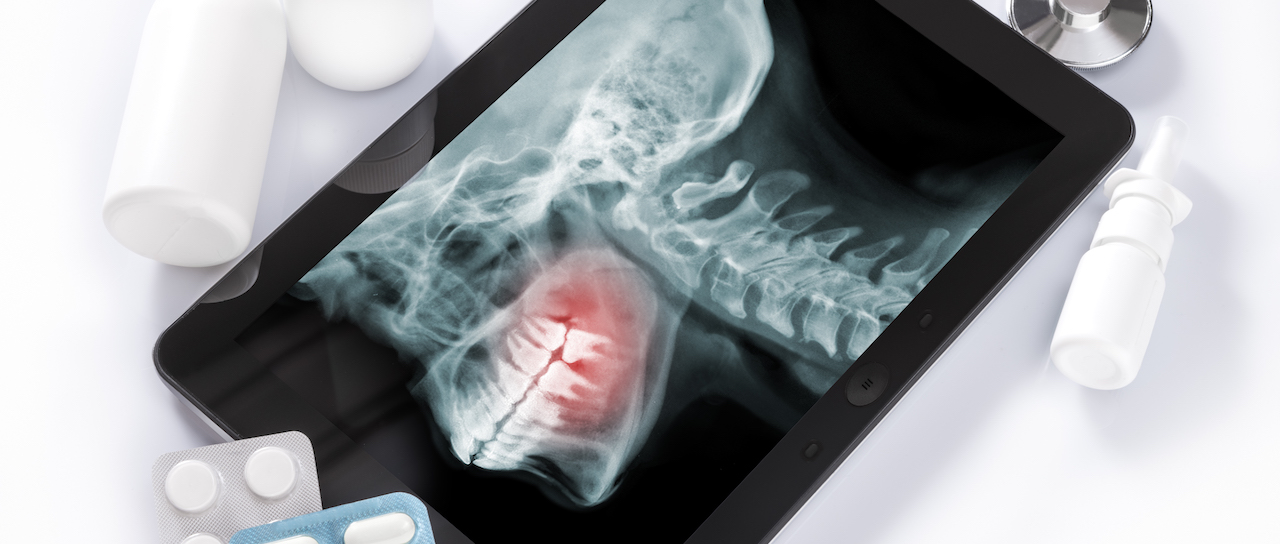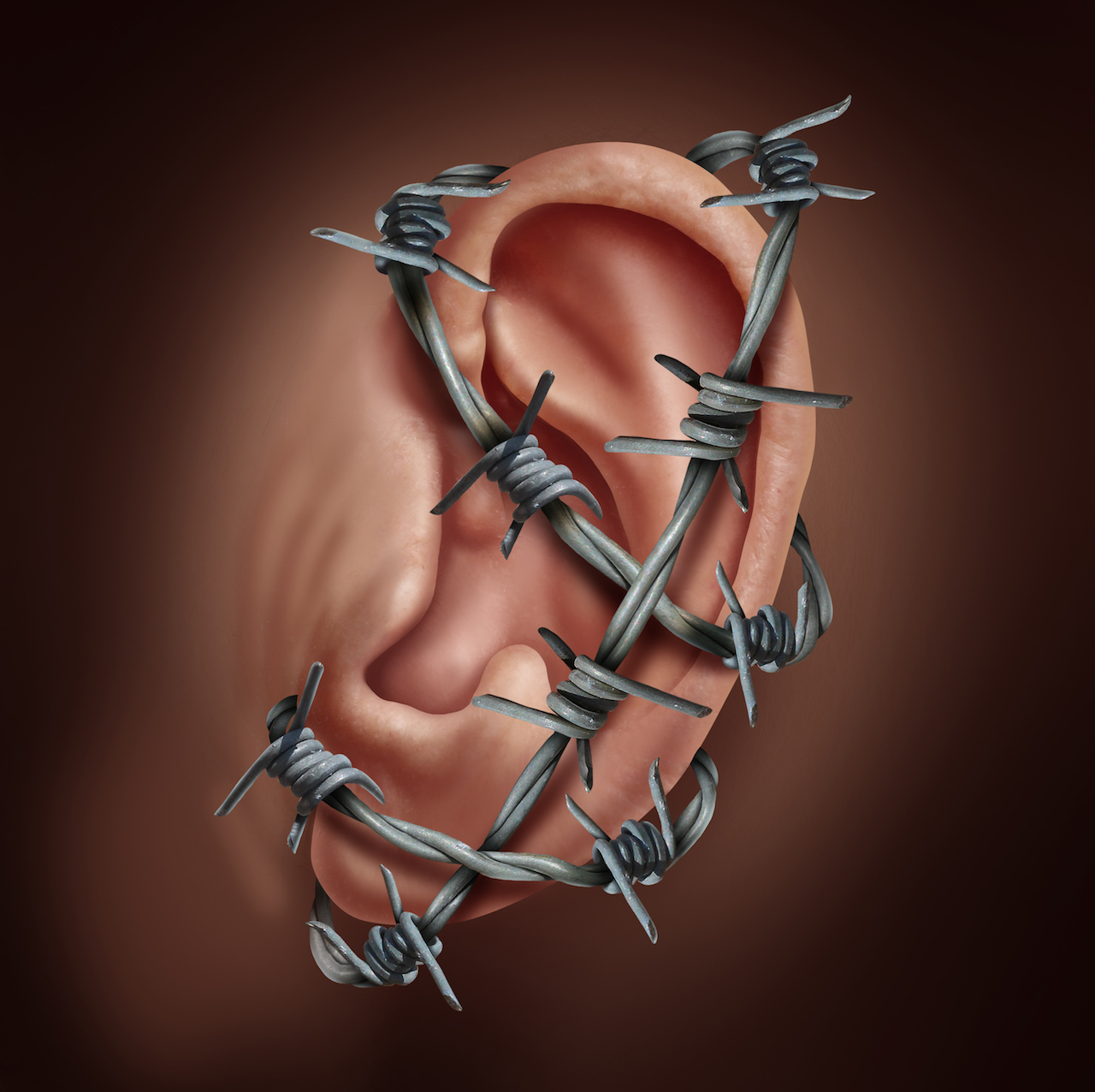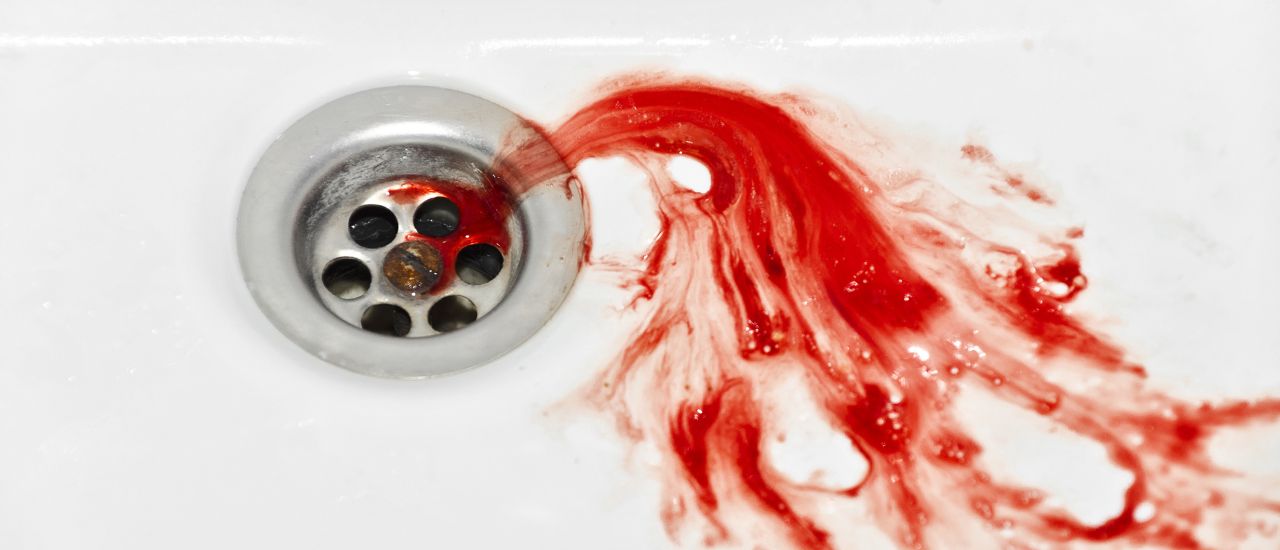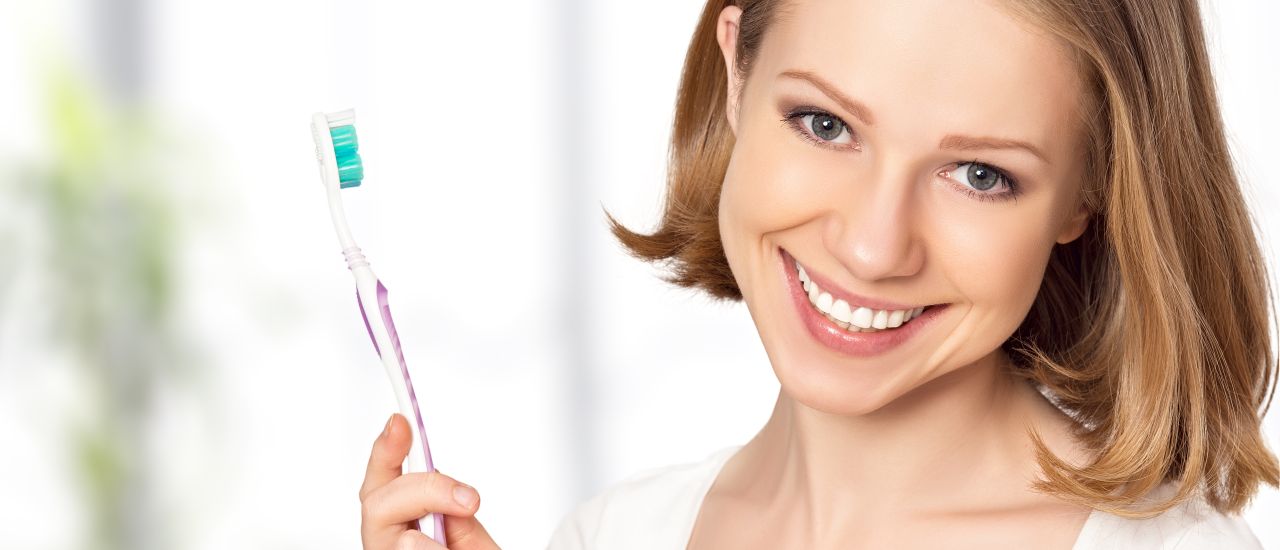Sores inside the mouth are common for many people. They can appear on the lips, cheeks, tongue, gums, and palate. Depending on their size, severity, and location; mouth sores can make it difficult to eat, drink, swallow, talk, and breathe.
Causes
Mouth sores may develop if you:
- Bite your tongue, cheek or lip.
- Burn your mouth from hot food or drinks.
- Brush your teeth too hard or use a toothbrush with hard bristles.
- Experience irritation from a sharp or broken tooth, braces, or poorly fitted dentures.
- Chew tobacco.
Mouth sores can also develop as a reaction to a medicine. Medications that often cause mouth sores are aspirin, beta-blockers, and chemotherapy.
Mouth sores can point to an illness. These include autoimmune disorders, bleeding disorders, and bacterial, viral, or fungal infections.
An infection with the herpes simplex virus is one of the most common causes of cold sores (also called fever blisters). Cold sores are red, fluid-filled blisters that form on and around the mouth. They are highly contagious and often triggered by hormonal changes, stress and sun exposure.
A weakened immune system or nutrient deficiency can also be breeding grounds for small, shallow mouth sores called canker sores. These tiny but painful sores are pale or yellow in colour with a red, inflamed outer ring. They usually form on the inside of the lips or cheeks and aren’t contagious. But they may be a symptom of a serious infection or mouth cancer.
Treatment
Mouth sores often go away naturally within 14 days, but can last up to six weeks. Reduce pain and feel better by avoiding:
- Hot, spicy, salty, citrus-based foods.
- Tobacco and alcohol.
- Squeezing or picking at the sores or blisters.
To speed up the healing process:
- Gargle regularly with salt water.
- Take pain relievers or anti-inflammatory drugs.
- Use a mouthwash or paste to reduce swelling.
If your mouth sore is caused by a virus, bacteria, or fungus, your doctor may prescribe medication to help treat the infection.
When to see your doctor
Get help if:
- The sore lasts longer than two weeks or gets worse.
- There are large white patches on the sores.
- You have other symptoms like fever or difficulty swallowing.
- The sore develops after starting a new medication.
References:






